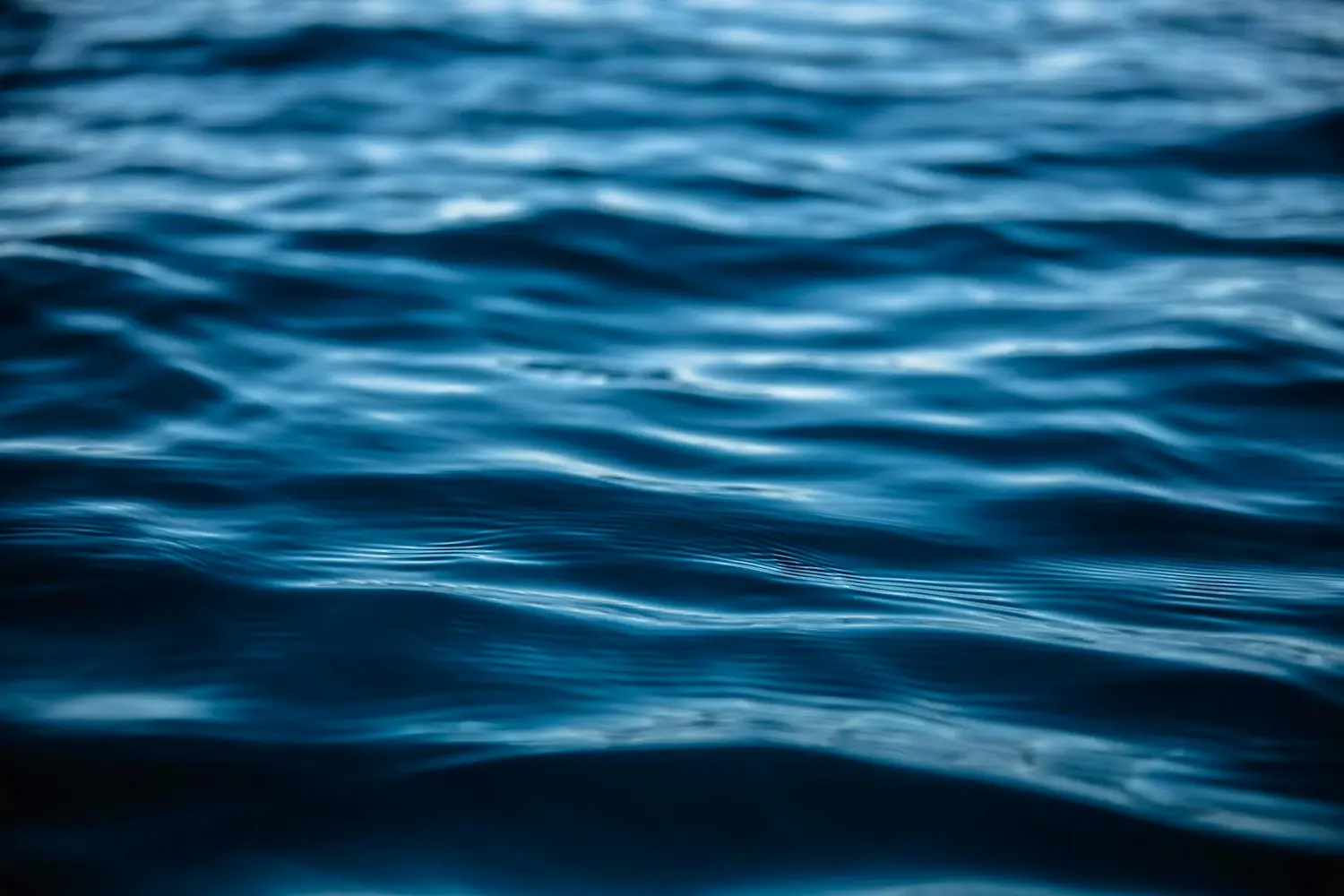The water cycle, also known as the hydrological cycle, is a continuous process by which water circulates through the Earth’s atmosphere, land, and oceans. This natural cycle plays a crucial role in sustaining life on our planet. On this page we explore the water cycle step by step.

Evaporation is the process by which water is converted from liquid to vapor. It primarily occurs in oceans, lakes, and rivers, where solar energy heats the water, causing it to evaporate. Plants also contribute through transpiration, releasing water vapor from their leaves into the atmosphere. This combined process is known as evapotranspiration.
As water vapor rises into the cooler atmosphere, it undergoes condensation. During condensation, water vapor transforms back into liquid droplets, forming clouds. This process releases latent heat, which helps drive atmospheric circulation. Clouds are formed when the condensed droplets cluster around tiny particles in the air, such as dust or pollen.
When the water droplets in clouds combine and grow larger, they fall to the Earth as precipitation. Precipitation can take various forms, including rain, snow, sleet, and hail, depending on the temperature and atmospheric conditions. This step is crucial for replenishing freshwater sources. Precipitation is a key component of the water cycle that ensures the distribution of water across different parts of the Earth’s surface.
Once precipitation reaches the ground, some of it flows into the ground, which is called infiltration. This is the part of the water cycle which enables everything with roots to “take up” water and grow. Plants, crops, bushes/shrubs, trees; they all take up water through their roots. Percolation is the part of precipitation which flows through the ground, into groundwater storage. Percolation is also known as groundwater recharge.
Not all precipitation infiltrates the ground; some of it flows over the land as runoff. Runoff collects in rivers, streams, and lakes, eventually making its way back to the oceans. This step is important for transporting nutrients and sediments, shaping the landscape, and supporting aquatic ecosystems. Runoff also helps recharge surface water bodies, which are crucial for human consumption and ecological balance.
Sublimation is the process by which solid water, such as ice and snow, directly converts into water vapor without becoming liquid first. This process is significant in polar regions and high-altitude areas, contributing to atmospheric moisture. Sublimation plays a crucial role in the water cycle, especially in colder climates where ice and snow are prevalent.
Water is temporarily stored in various reservoirs during the cycle. These include alpine glaciers and ice caps, mountain snow cover. Lakes and rivers, soil moisture and underground groundwater storage. Groundwater storage period can vary from days to thousands of years, influencing the availability of freshwater resources. Alpine glaciers and ice caps store water for extended periods, acting as long-term reservoirs that release water slowly over time.
The water cycle is a dynamic and interconnected system that ensures the continuous movement and distribution of water across the Earth. Understanding each step of this cycle helps us appreciate the complexity and importance of water in maintaining ecological balance and supporting life.
© 2025 - World Population Limitation Movement | Website by Donkeys & Co.